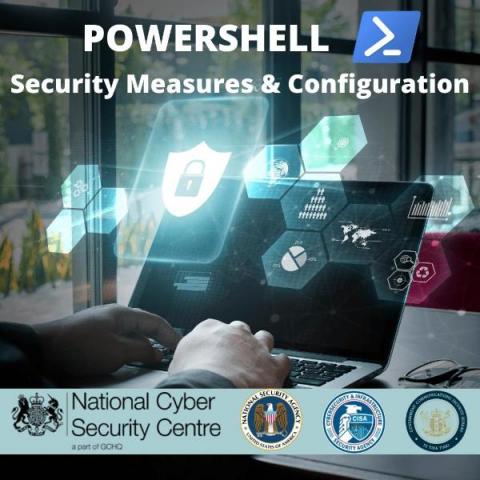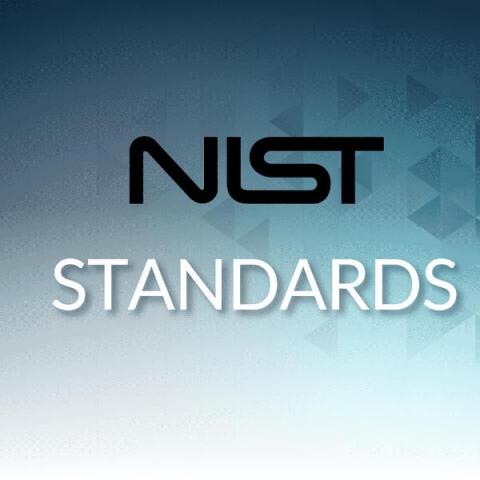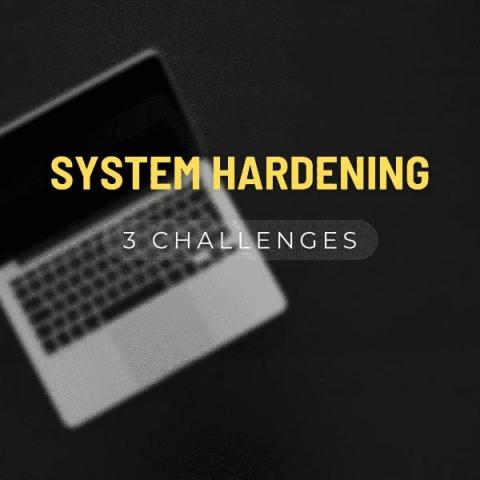How to Enable Hardened UNC Path?
UNC (Universal Naming Convention) identifies servers, printers, and other resources in the UNIX/Windows Community. The name of a computer is anteceded in a UNC path by double slashes or backslashes. Local disk or directories UNC paths are separated by a single slash or backslash.









